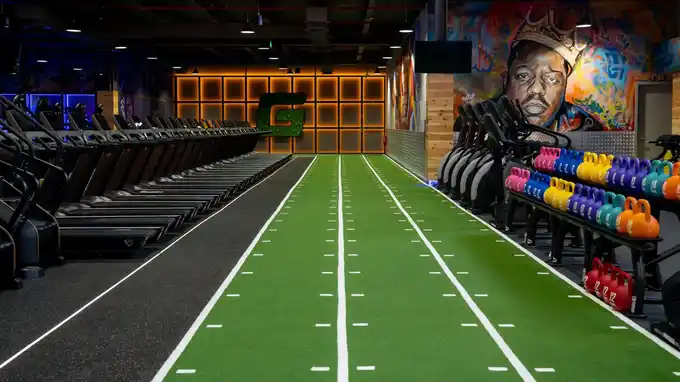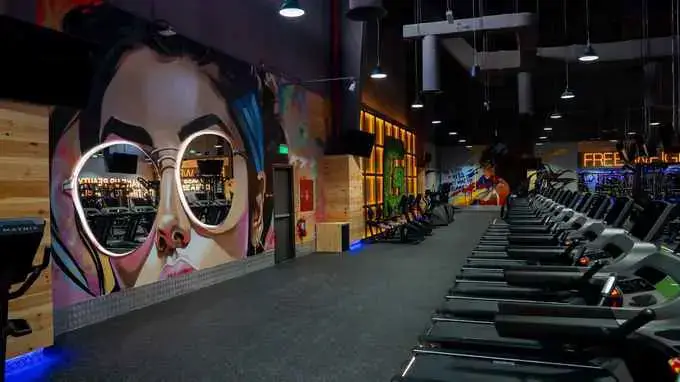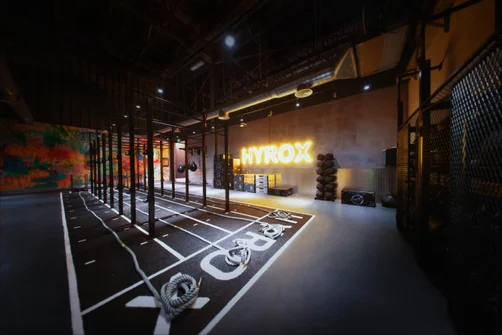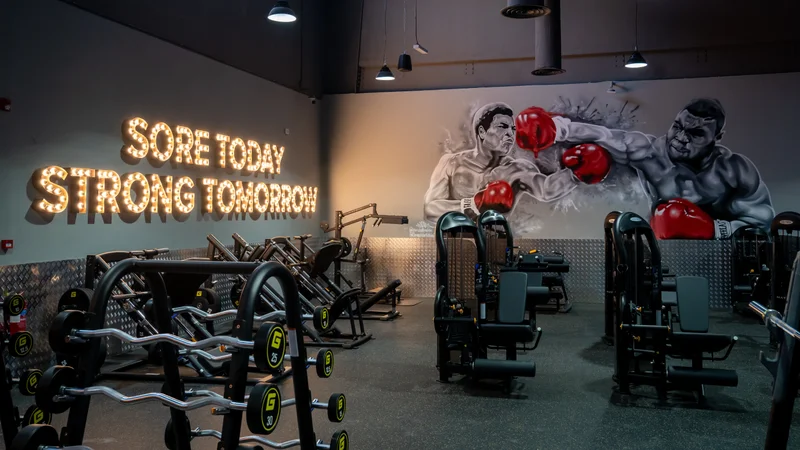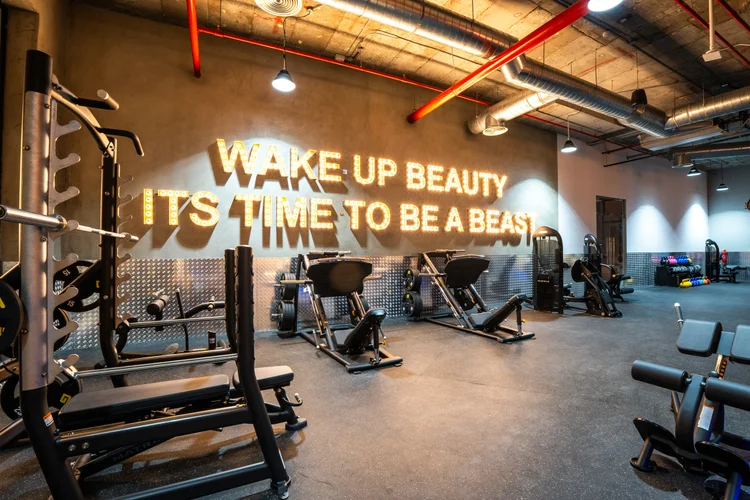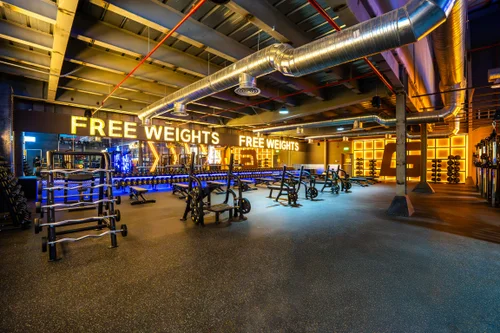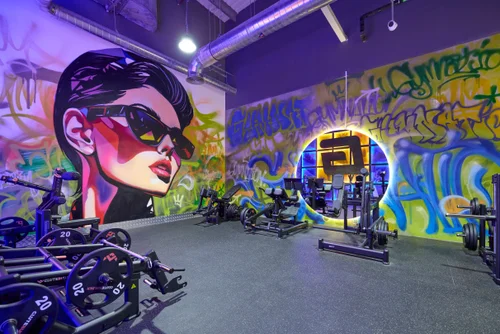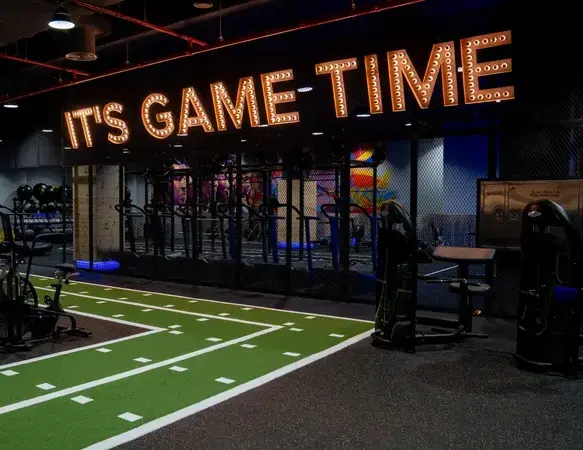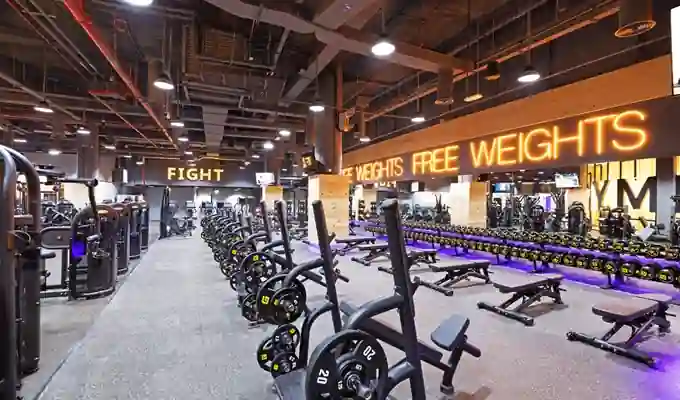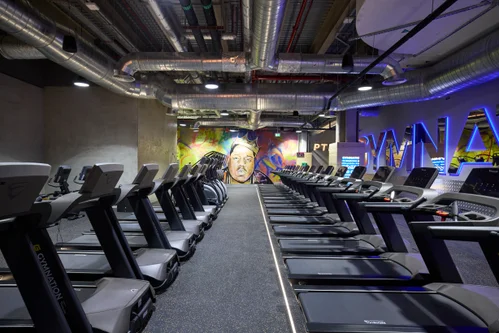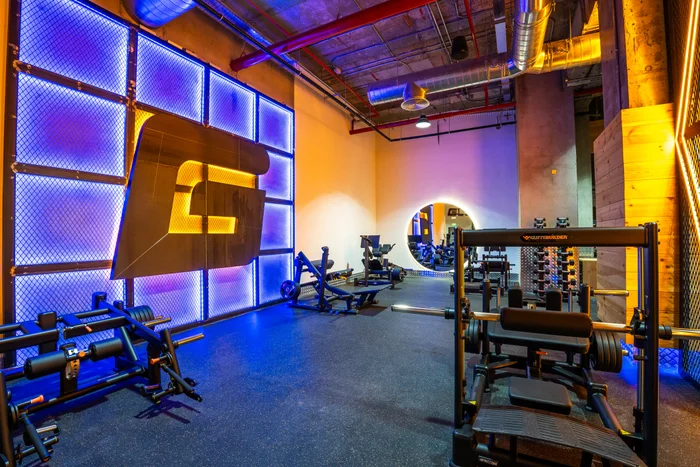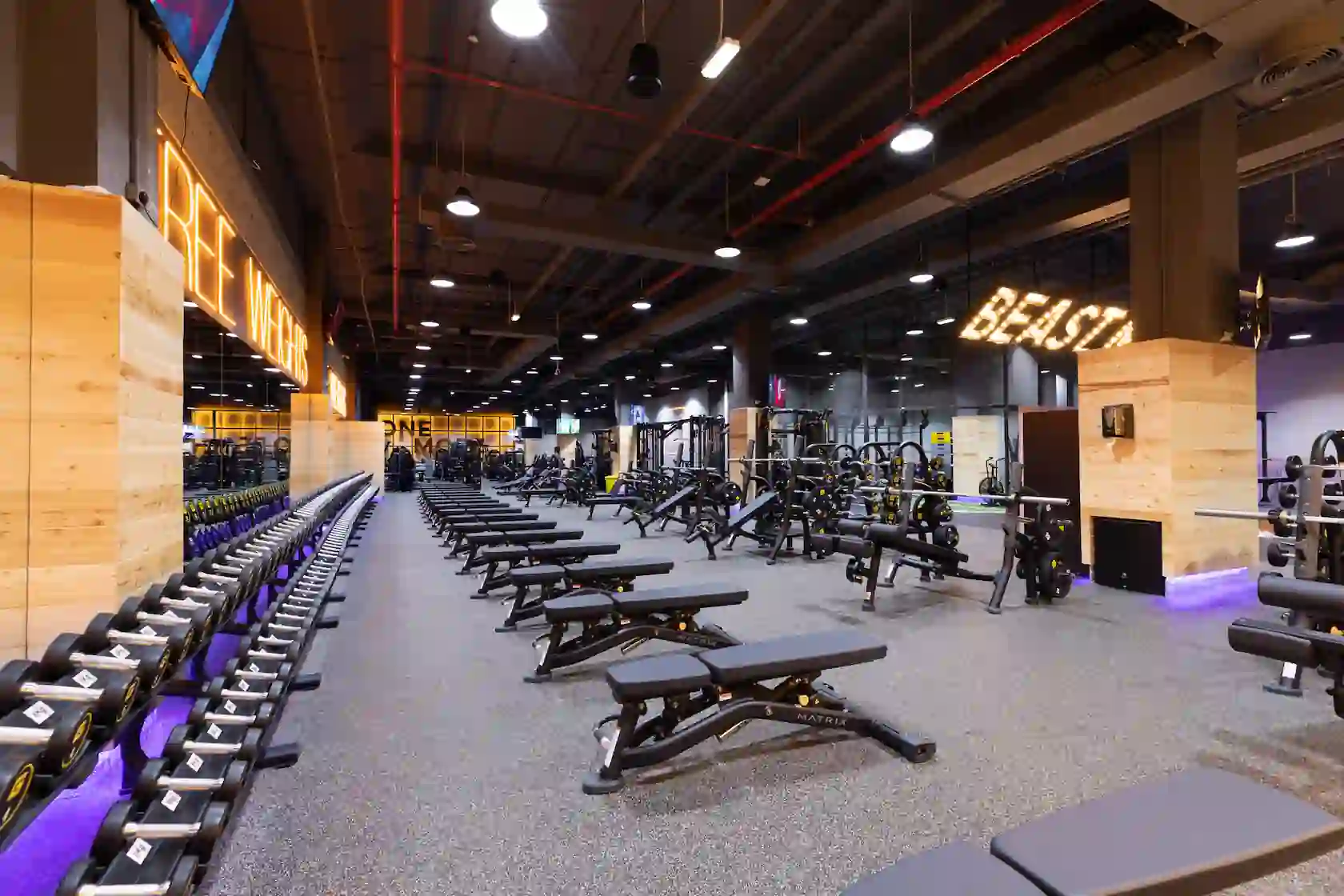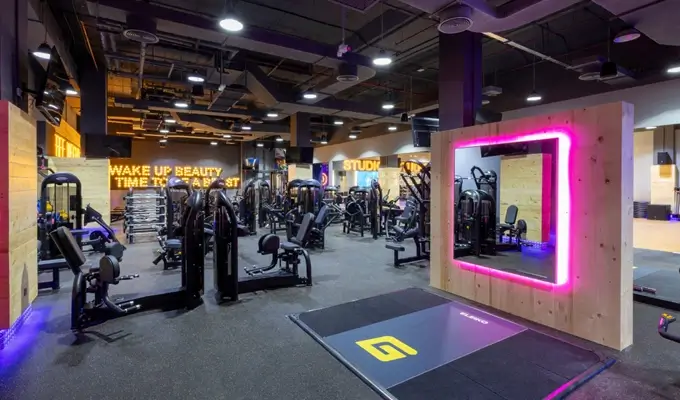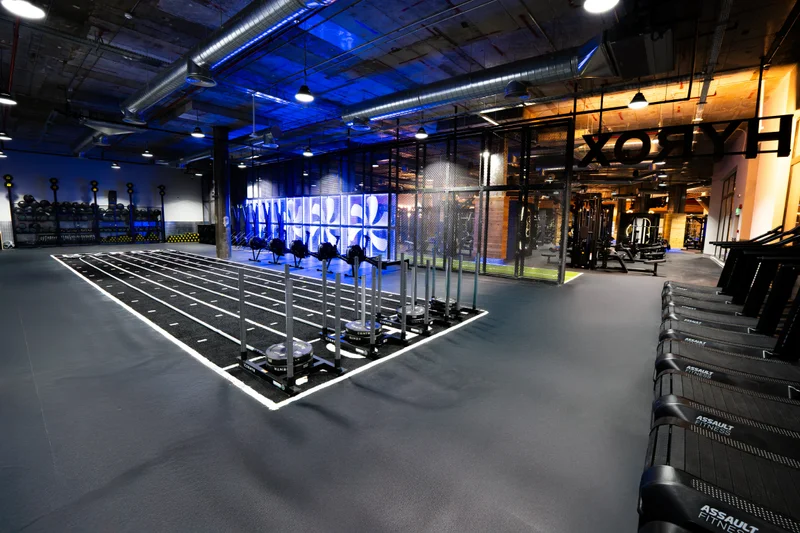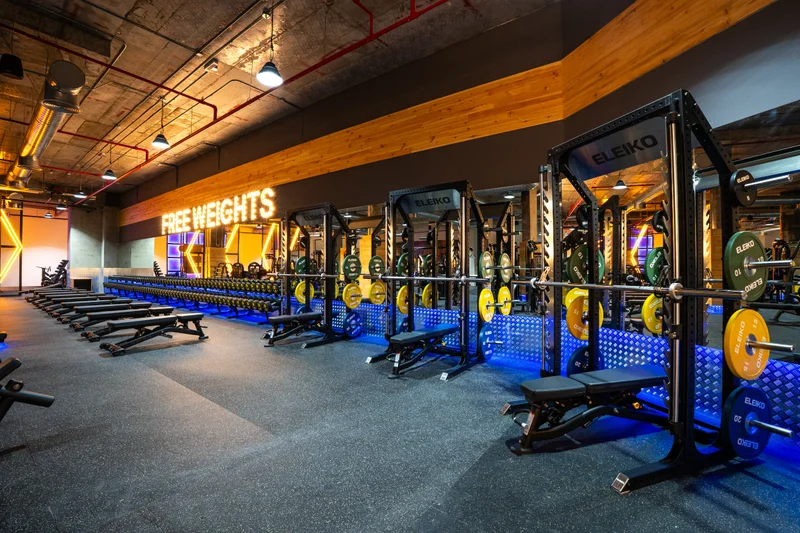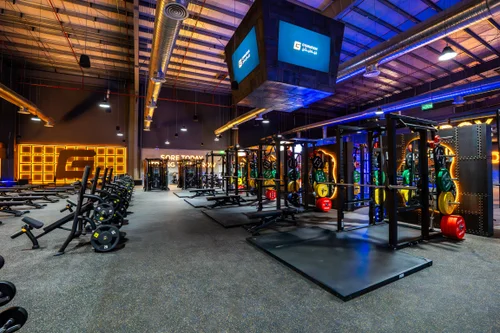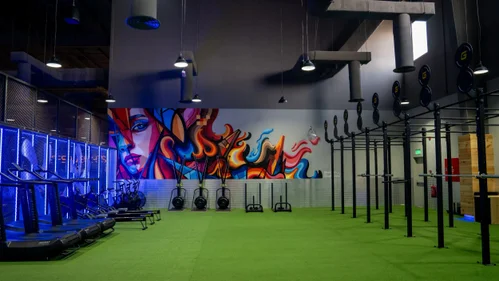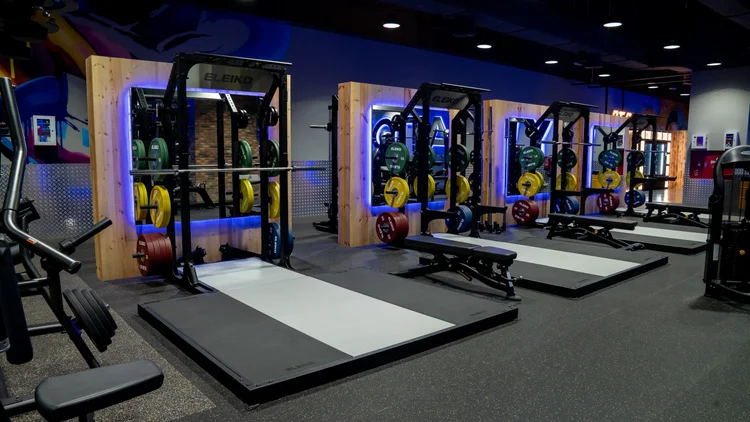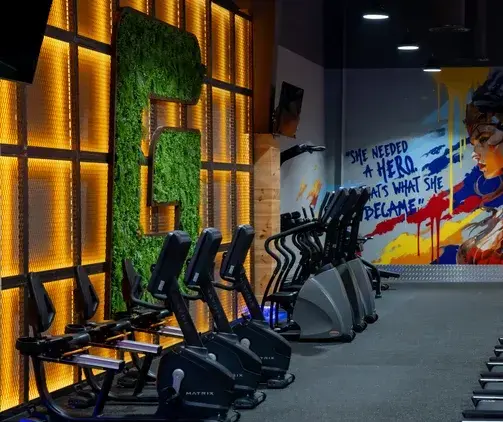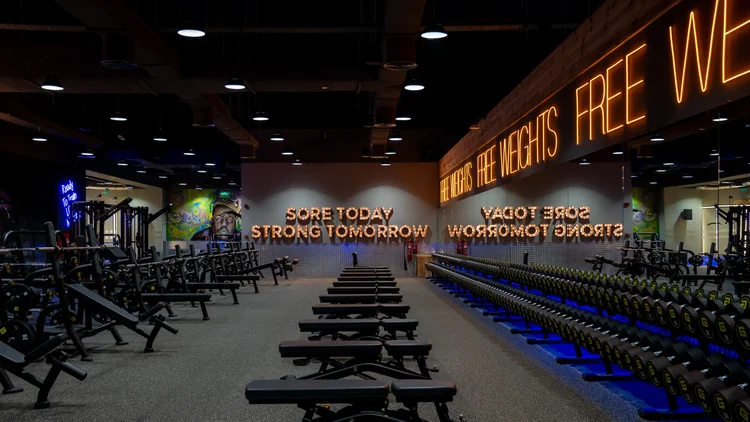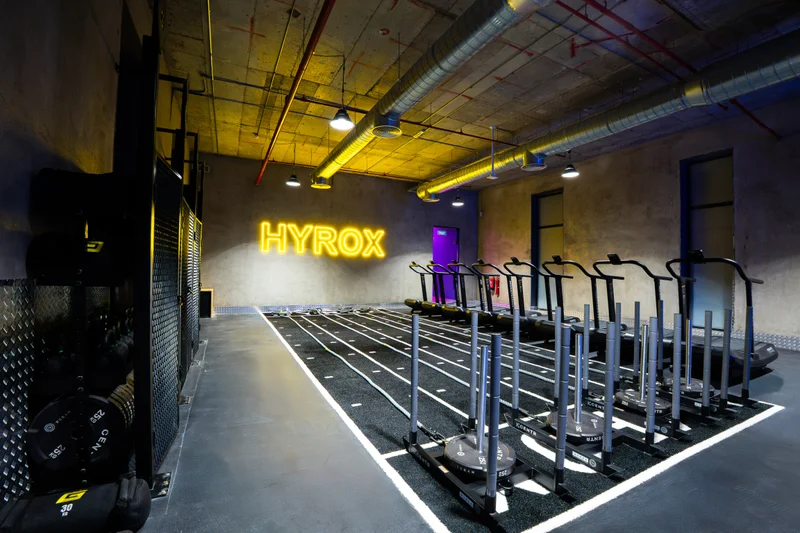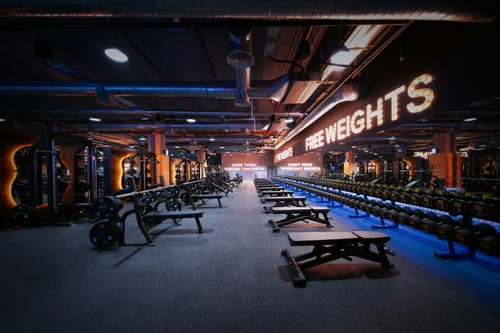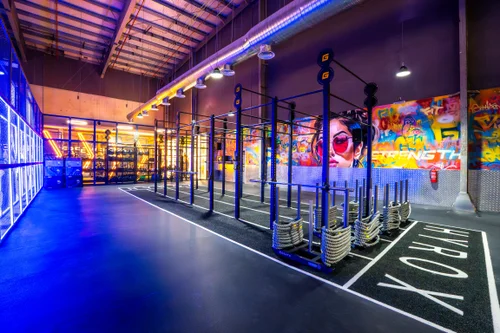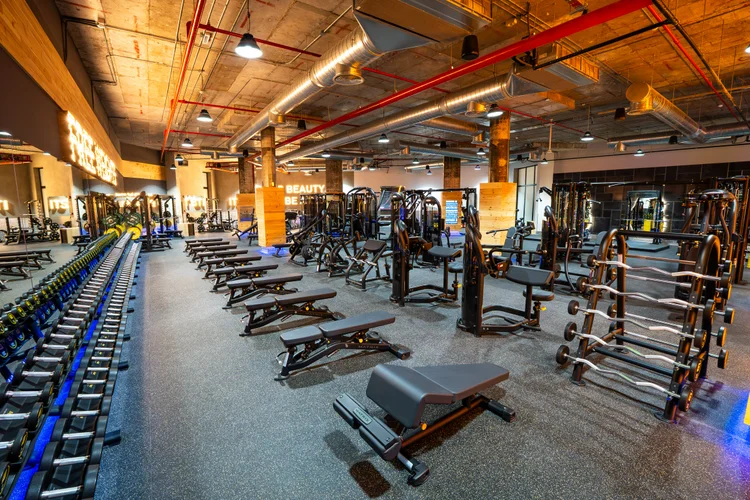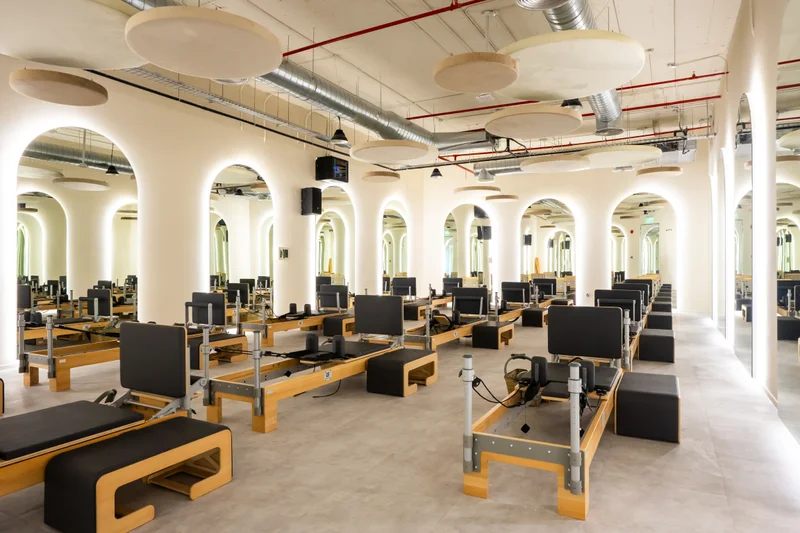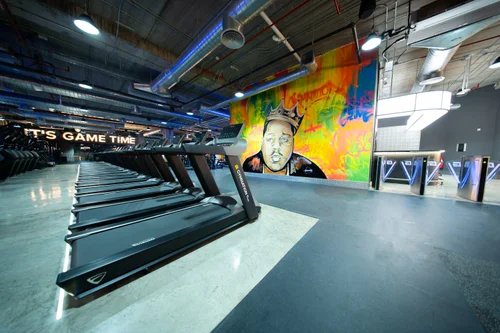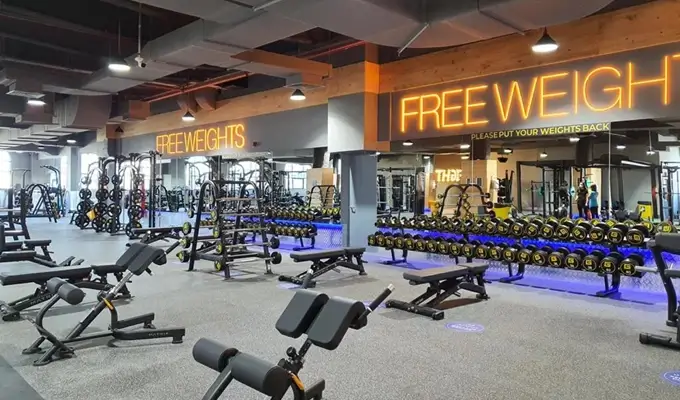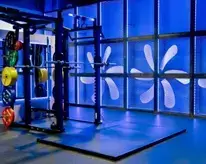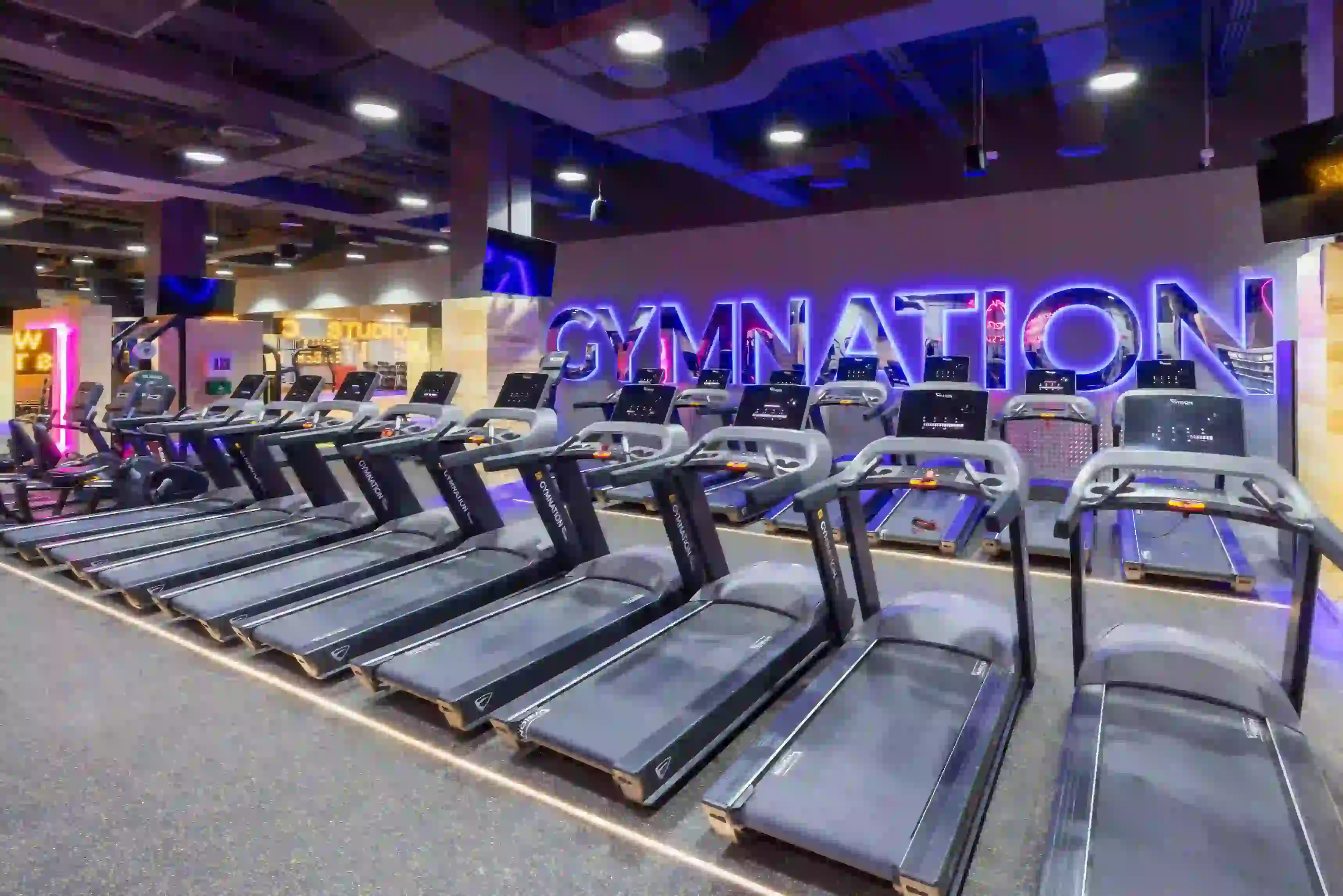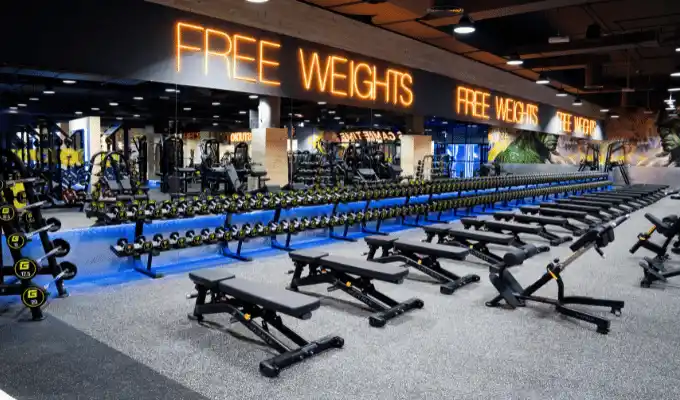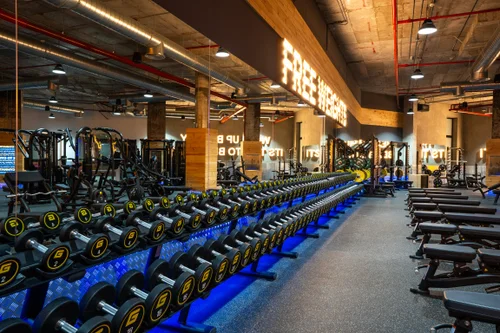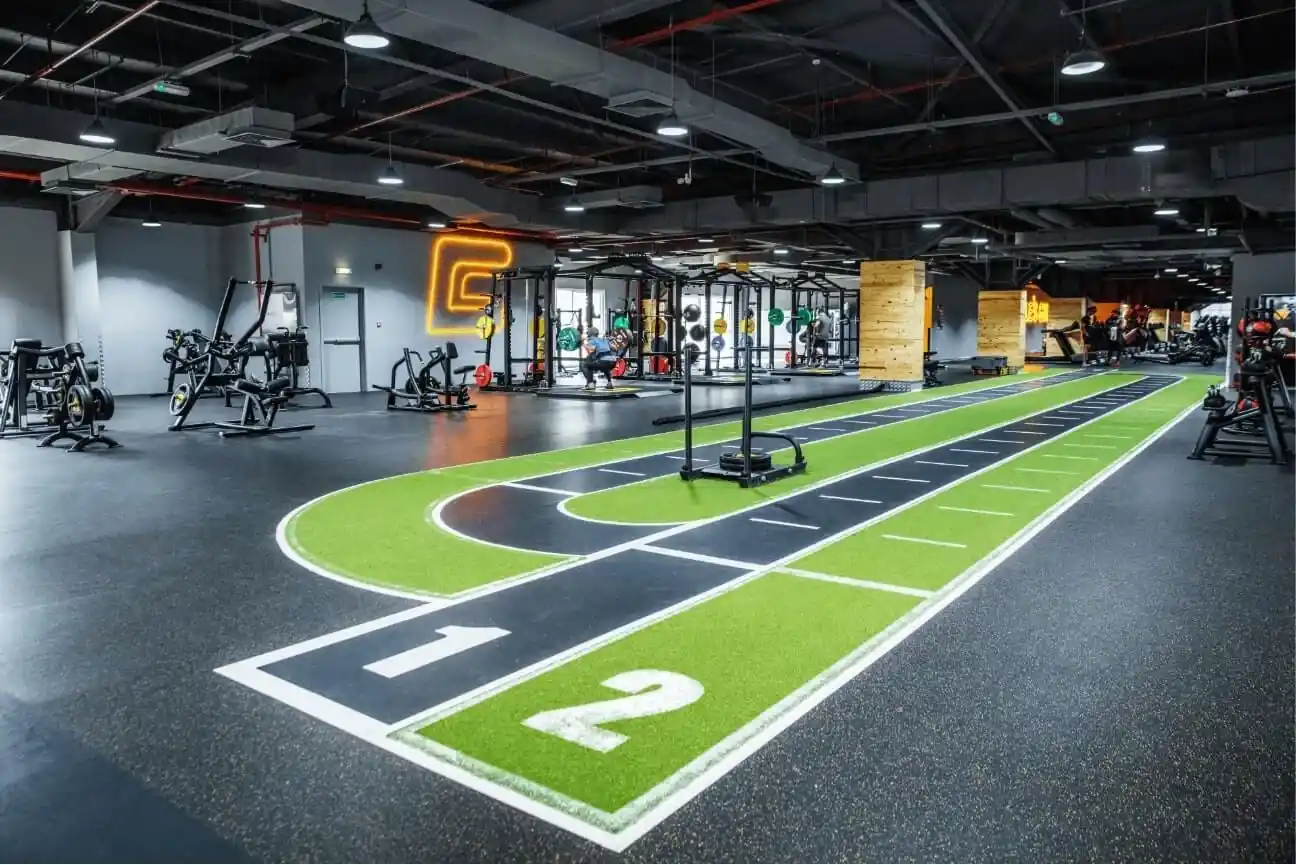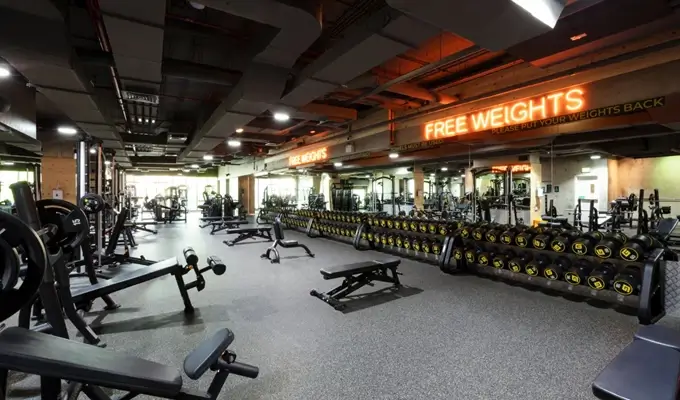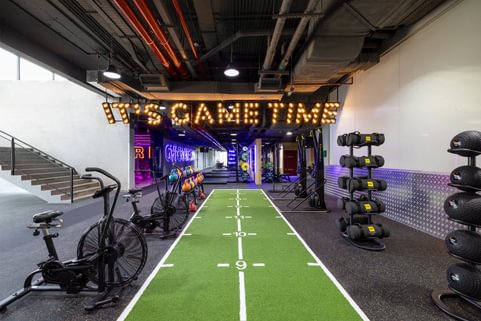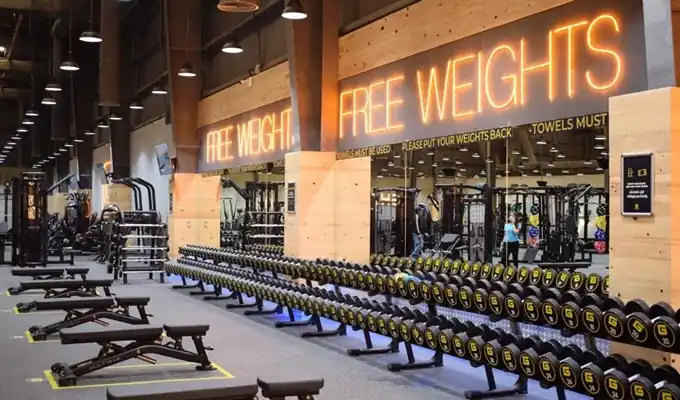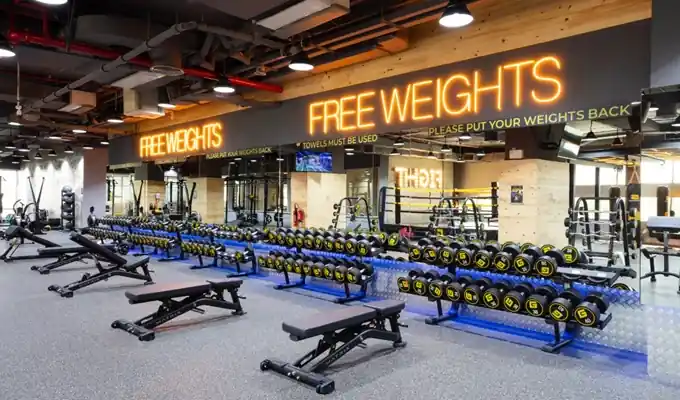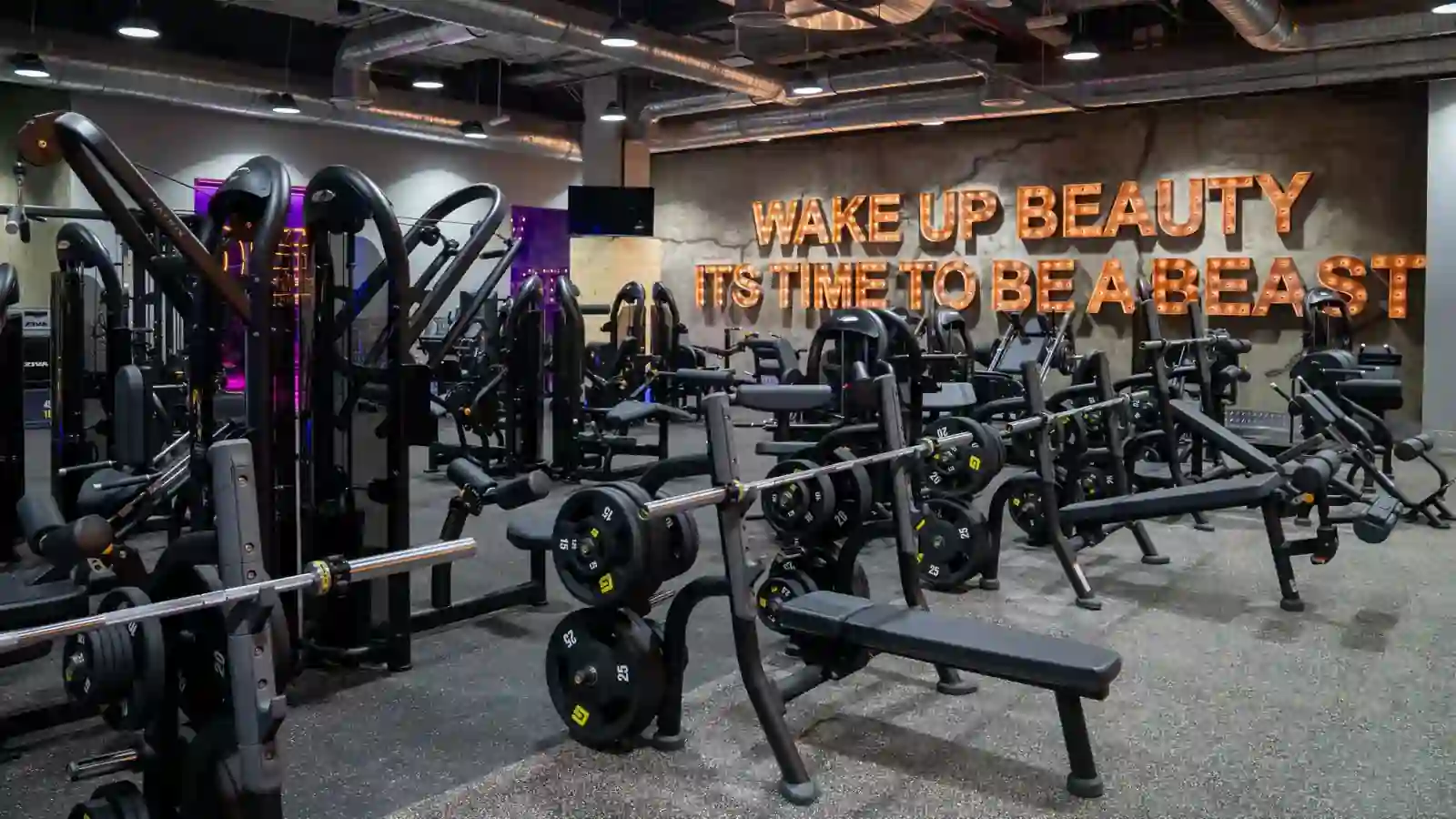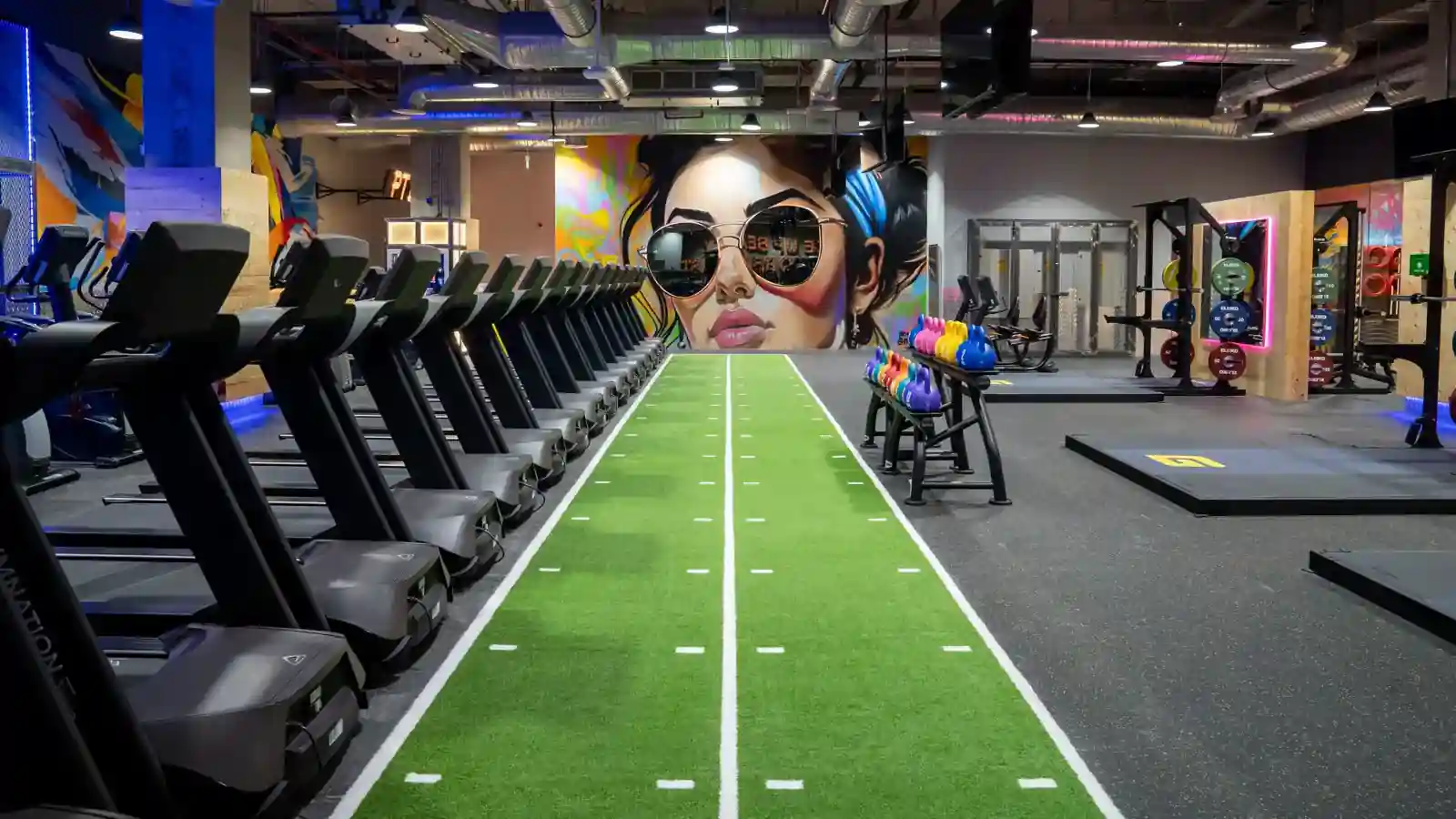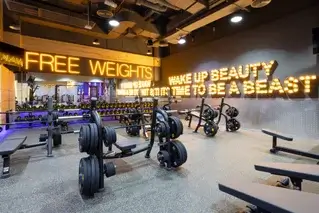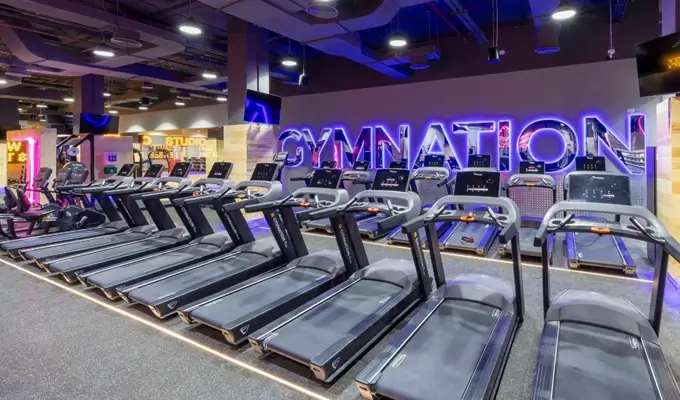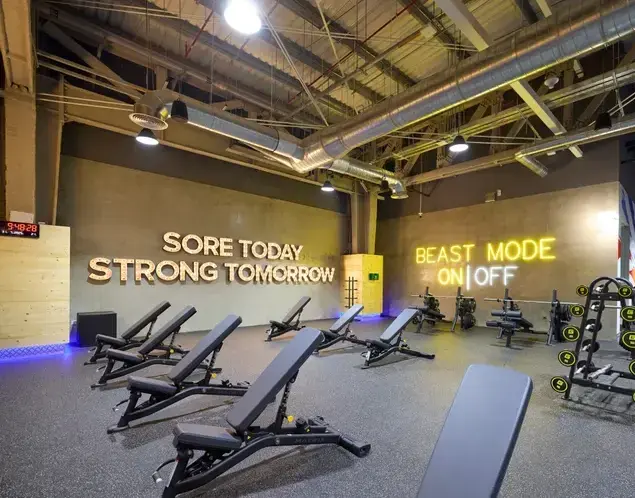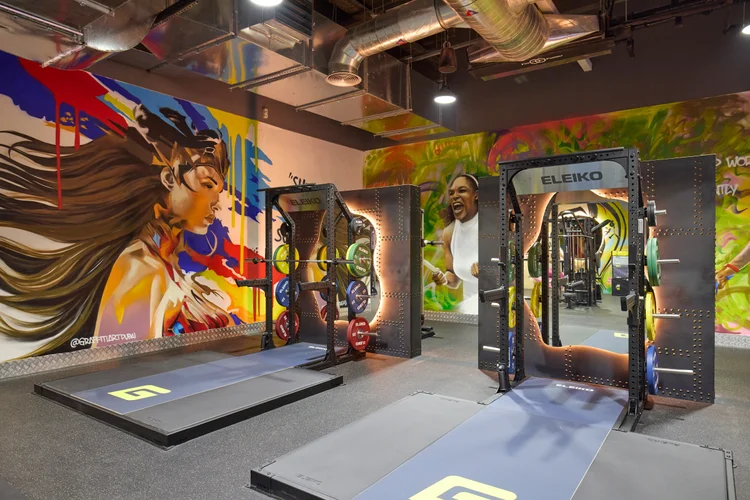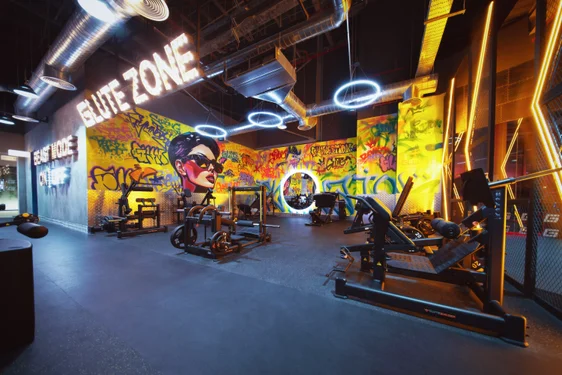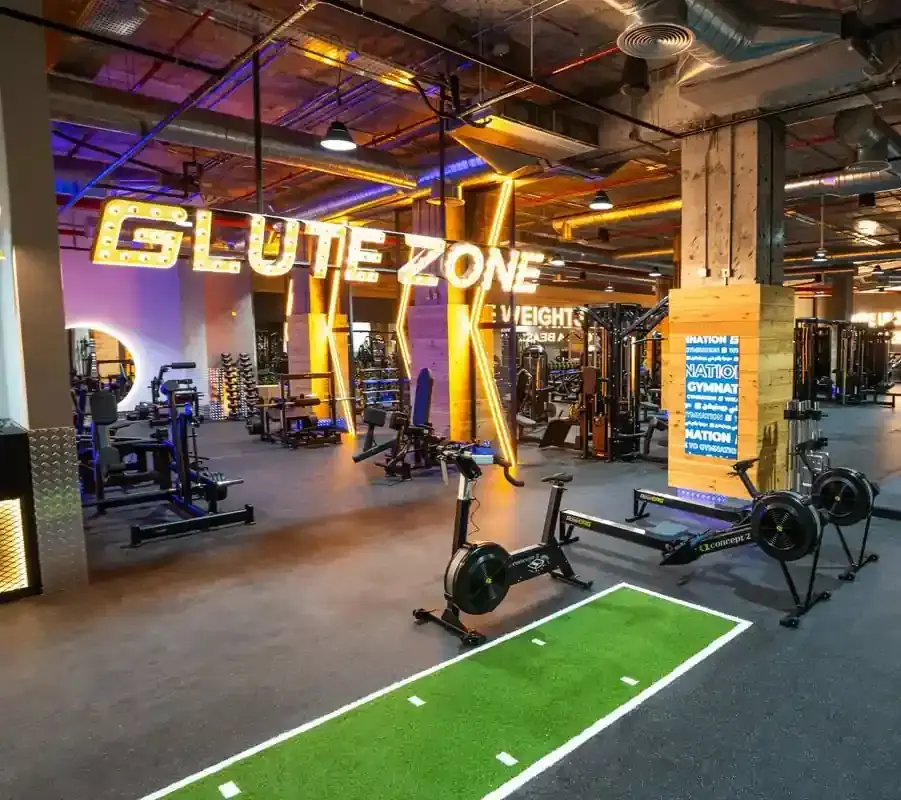A Guide to Mastering Deadlifts: Benefits and Variations
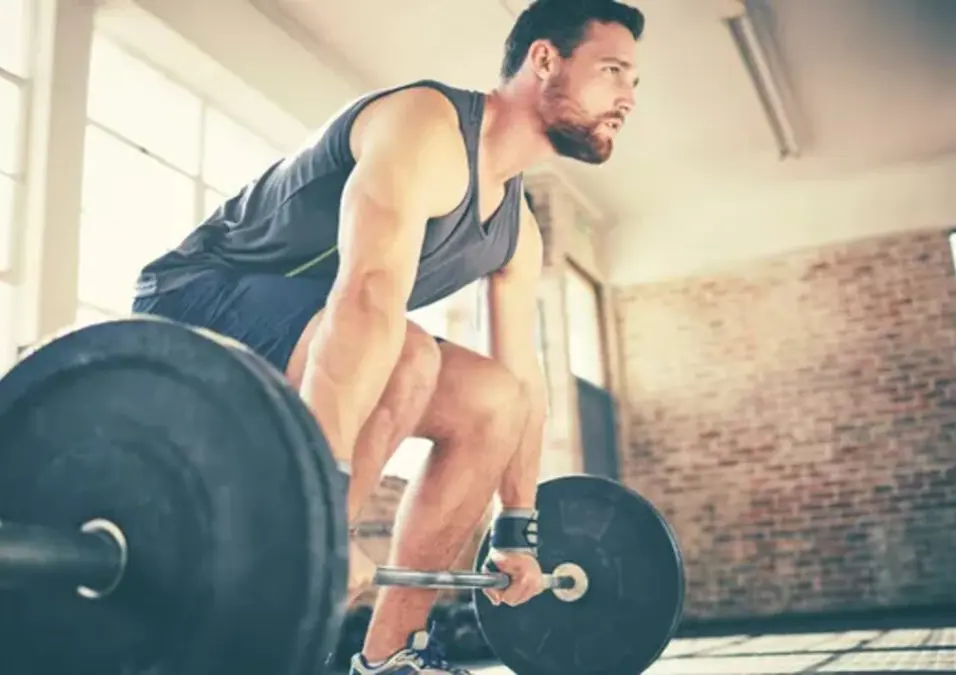
SIGN UP FOR YOUR FREE DAY PASS TODAY!
Deadlifts are a fundamental part of any solid workout plan. This powerful exercise, which involves lifting a heavy weight off the floor, targets multiple muscle groups, making it an excellent all-rounder for building strength and improving overall fitness.
What's your go-to workout time?
While mastering the proper form can take time, the benefits are well worth the effort. Correctly performed deadlifts can strengthen your entire body, improve your posture, and even boost your performance in other sports.
Plus, with several variations available, you can keep your routine fresh and target different muscles.
BREATHING YOGA CLASSES AT GYMNATION
Why Are Deadlifts So Effective?
As a compound exercise, deadlifts work several joints and muscles simultaneously, giving you a full-body workout.
- Total-Body Strength: They primarily target your posterior chain—the glutes, hamstrings, and lower back—but also engage your quads and upper back.
- Improved Athletic Performance: Deadlifts strengthen your hip extensors, the muscles that move your leg backward. Strong hip extensors are crucial for improving running performance and making daily movements more comfortable.
- Bone and Muscle Health: Strength training helps build muscle, which in turn protects your bones and joints. Research has shown that consistent strength training can even help reverse bone mineral density loss, which is especially beneficial for women experiencing hormonal changes.
- Lower Back Support: When performed correctly and without lifting too much weight too soon, deadlifts can help strengthen the muscles that support your spine and may even alleviate mild lower back pain.
Here are three popular deadlift variations using a barbell, which allows you to progressively add weight as you get stronger.
1. The Conventional Deadlift
This is the classic version and the best place to start. It sets the foundation for all other variations.
- Stand with your feet hip-width apart, with the middle of your feet under the barbell.
- Hinge at your hips and bend your knees until your shins touch the bar. Grip the bar just outside your knees with your palms facing you.
- Keep your back flat, chest up, and shoulders pulled back.
- Drive through your feet, extending your hips and knees at the same time to lift the bar. Keep it close to your body.
- Finish in a standing position with your hips fully extended.
- Lower the bar with control by hinging at your hips first.
2. The Sumo Deadlift
Once you've mastered the conventional deadlift, the sumo variation is a great next step. It places more emphasis on the inner thighs and glutes.
- Stand with your feet much wider than your shoulders and your toes pointing slightly outward.
- Grip the barbell from inside your knees.
- Keep your chest up and your hips low. Drive through your feet and push your knees out as you lift the bar.
- Keep the bar close to your shins as you stand up straight, locking out your hips and knees.
- Lower the bar back down with control.
GET HYROX RACE READY AT GYMNATION
3. The Romanian Deadlift (RDL)
The RDL is fantastic for isolating the hamstrings and glutes. It’s also often considered gentler on the spine compared to other deadlifts.
- Hold a barbell at thigh level with an overhand grip, palms facing you. Stand with your feet hip-width apart.
- Keeping a soft bend in your knees, hinge forward at your hips, pushing your glutes back as if closing a door behind you.
- Slowly lower the bar down your thighs, keeping your back flat and core engaged.
- Lower the bar until you feel a deep stretch in your hamstrings (usually around shin level), then pause.
- Drive your hips forward to return to the starting position.
Source: startupnews
The opinions shared in the GymNation blog articles are solely those of the respective authors and may not represent the perspectives of GymNation or any member of the GymNation team.
What are the advantages of deadlift variations?
GET YOUR FREE TRIAL TODAY




















